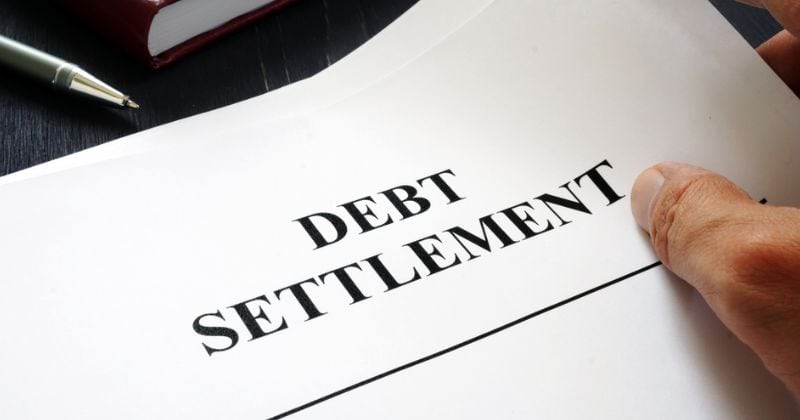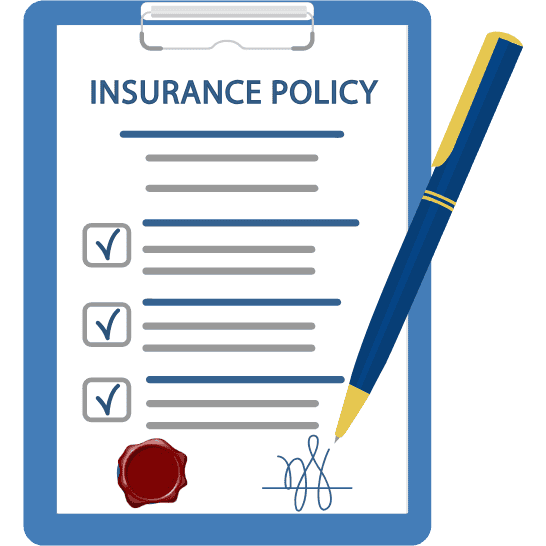What Is Full and Final Settlement?

Loans are an essential part of financial planning for individuals and businesses. However, when an individual borrows money, repayment might become challenging due to various reasons. In such situations, one of the most useful tools available is the concept of a Full and Final Settlement (F&F) for loans. It provides a way out of financial distress, allowing borrowers to close their loan accounts by settling with the lender for a lower amount than the outstanding balance. In this article, we will explore what a Full and Final Settlement is, how it works, and how services like RupeeRelief can assist in navigating this process in India. A Full and Final Settlement is an agreement between a borrower and a lender, where the borrower is allowed to pay a reduced amount to settle their outstanding loan balance, and in return, the lender agrees to forgive the remaining debt. This settlement is typically negotiated when the borrower is unable to repay the full amount of the loan due to financial hardship, health issues, or any other valid reason. In India, the Full and Final Settlement option is commonly used for unsecured loans, such as personal loans, credit card debts, or other types of non-collateralized borrowing. While it may sound like an easy way to get out of debt, it involves specific procedures, conditions, and impacts on the borrower’s credit history. When a borrower finds themselves in financial difficulty and unable to meet their monthly repayments, they may approach the lender with a request for a Full and Final Settlement. The lender, after assessing the borrower’s financial situation, may offer a reduced settlement amount to clear the debt. This could be a one-time lump sum payment or a structured installment plan, depending on the agreement between the parties. The process typically involves the following steps: The borrower initiates the process by contacting the lender and explaining their financial situation. This could be done through written communication or over the phone. It's important for the borrower to be transparent about their inability to repay the entire loan amount. Both the lender and borrower will discuss the terms of the settlement. The lender may ask for proof of the borrower’s financial hardship, such as income statements, medical reports, or other documents. If the lender agrees to the settlement, they will offer a reduced amount that is acceptable to both parties. Once both parties agree on the amount, the lender will provide a written agreement outlining the terms of the settlement. This agreement will specify the reduced amount, the payment method, and the date by which the settlement must be completed. The borrower will then pay the agreed-upon amount within the specified time frame. In some cases, the lender might accept a lump sum payment, while in others, the payment may be broken into installments. After receiving the full payment of the agreed settlement amount, the lender will close the loan account. The borrower will receive a No Due Certificate (NDC) or a settlement letter from the lender, confirming that the loan has been settled in full. While the loan may be marked as ‘settled,’ it will still impact the borrower’s credit score. This settlement status will impact the borrower’s credit score, though it is less detrimental than defaulting on the loan. Over time, as the borrower builds their creditworthiness, this negative mark can be mitigated. Not every borrower is eligible for a Full and Final Settlement. Lenders typically consider the following factors before agreeing to a settlement: The borrower must demonstrate a genuine inability to repay the loan. This could be due to job loss, medical emergencies, or other unforeseen circumstances. A borrower who has missed several payments or is in default is more likely to be considered for a settlement. However, this also depends on the lender’s internal policies and willingness to negotiate. In some cases, smaller loan amounts may not be eligible for a settlement, as the administrative costs of negotiating and processing a settlement may not justify the effort for the lender. Ultimately, the lender has the discretion to accept or deny a settlement request. They may offer a settlement only if they believe it is in their best interest and ensures they recover at least a portion of the loan. The borrower can settle the loan for a reduced amount, making it easier to manage their finances during tough times. Full and Final Settlement can help borrowers avoid legal actions such as lawsuits, property confiscation, or wage garnishment. Instead of prolonging the repayment period, a Full and Final Settlement allows the borrower to close the loan quickly, providing a fresh start. A settlement is often seen as a better option than defaulting on the loan, which can have severe consequences on the borrower’s credit score and financial future. Even though the loan is marked as ‘settled,’ it will still impact the borrower’s credit score. This could make it difficult for the borrower to secure new loans or credit in the future. Some borrowers may find it difficult to negotiate with lenders, especially if the lender is unwilling to offer a reduced settlement. While a settlement may offer a lower amount, it is still a significant financial burden, especially if the borrower does not have enough funds to settle the debt. Navigating the Full and Final Settlement process can be challenging, especially when dealing with multiple loans, creditors, and legal formalities. Services like RupeeRelief play an essential role in assisting borrowers with the debt settlement process. RupeeRelief specializes in helping individuals negotiate their loans and credit card debts. Their experts understand the intricacies of the Full and Final Settlement process and can guide borrowers through the entire journey. Some of the ways RupeeRelief can help include: RupeeRelief’s team of experts can negotiate with lenders on behalf of the borrower, ensuring the best possible settlement terms. They assess the borrower’s financial situation and offer advice on the most feasible settlement options, ensuring that the borrower is not overburdened with excessive debt. In cases where there are legal proceedings or threats from creditors, RupeeRelief can offer legal assistance to help protect the borrower’s rights. After settling the debt, RupeeRelief provides counseling to help borrowers rebuild their credit scores and avoid future financial troubles. A Full and Final Settlement is an excellent tool for individuals struggling with loan repayments, offering a way to close the chapter on outstanding debt. While it has its advantages, it also comes with certain challenges, especially regarding credit score impact. Services like RupeeRelief can be invaluable for those seeking to settle their loans, offering professional guidance and support throughout the process. By understanding the benefits and drawbacks of Full and Final Settlement, and with the right assistance, borrowers can regain control of their financial health and start afresh.Understanding Full and Final Settlement
How Full and Final Settlement Works
1. Initiating the Request
2. Negotiation
3. Agreement
4. Payment
5. Closure of Loan Account
6. Credit Report Impact
Eligibility for Full and Final Settlement
- Financial Hardship
- Loan History
- Debt Amount
- Lender’s Discretion
Benefits and Drawbacks of Full and Final Settlement
Benefits
1. Reduced Financial Burden
2. Avoiding Legal Action
3. Faster Resolution
4. Better than Defaulting
Drawbacks
1. Credit Impact
2. Negotiation Challenges
3. Settlement Amount
Role of Services Like RupeeRelief
- Professional Negotiation
- Financial Assessment
- Legal Support
- Credit Counseling
Conclusion

